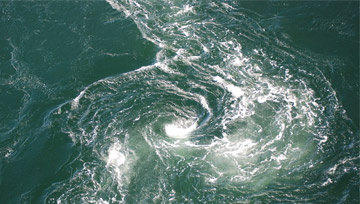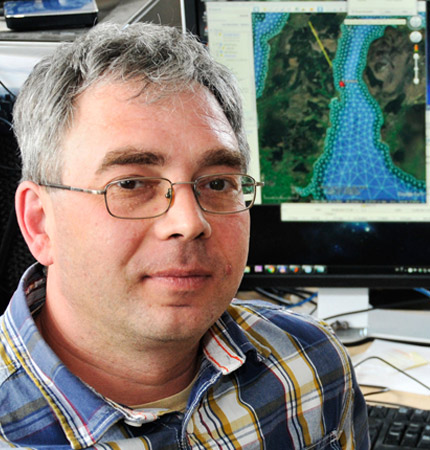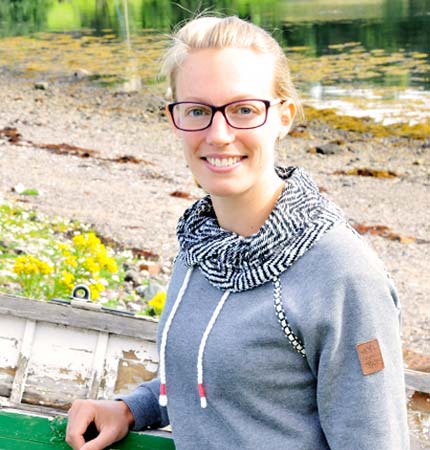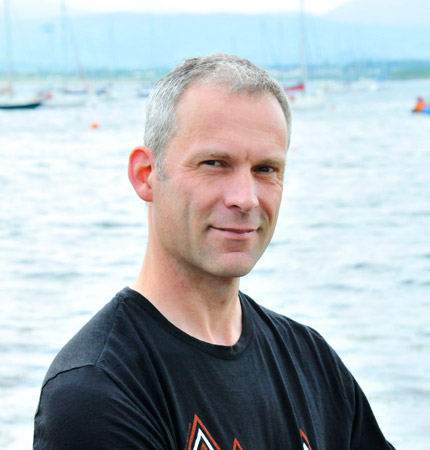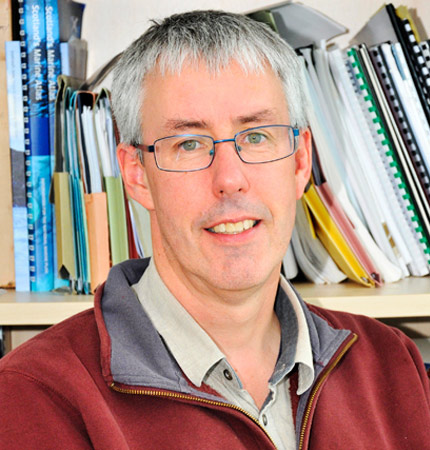Evaluating the Environmental Conditions Required for the Development of Offshore Aquaculture
Currently most Scottish aquaculture production occurs in fjordic sea lochs that provides relatively sheltered conditions for the farms. The development of aquaculture in offshore environments offers a potential route for the sustainable expansion of the industry. More dispersive open environments offer the potential for larger farms with reduced interconnectivity and lower environmental impact.
However, these more exposed environments carry their own risks, for example in terms of potential storm damage. To proceed with the development of offshore aquaculture a better scientific understanding of its potential benefits is therefore required and the purpose behind the Off-Aqua project.
Project objectives
- To evaluate experimentally the physical characteristics that distinguish contrasting potential fish farm locations (sheltered/restricted exchange, open sheltered, open exposed)
- To evaluate the ability of existing regional hydrodynamic models to represent and characterise the differences between sites/conditions
- To develop higher resolution local hydrodynamic models to better represent processes that cannot be adequately represented by the regional models
- To incorporate a high resolution wave model within the above regional model structures
- To improve existing physical/biological models of sea lice dispersal/behaviour/connecitivty and HAB risk and evaluate the impact of these biological challenges in constrasting environments
- To undertake risk analysis of equipment failure in more exposed locations allowing identification of suitable mitigation measures
- To evaluate the effects of more energetic offshore environments on salmon health, welfare and general performance
Project outputs
- >An evaluation of the benefits/risks of developing offshore aquaculture operations on the Scottish west coast.
- >Development of modelling tools that allow the management of sea lice, the understanding of sea lice transfer from aquaculture to wild salmonids, and the evaluation of HAB risk.
- >Scientific understanding of risks limiting the ability of insurers to set realistic premiums.
WP1 Physical Oceanography
Detailed physical observations will be made at three contrasting sites, all of which are existing or potential sites for offshore aquaculture development
WP2 Wave modelling and risk analysis
A long-term (25-year) high resolution hindcast wave model will be to simulate wave conditions along the west coast of Scotland, with a specific focus on the sites of interest
WP3 Hydrodynamic and Sea Lice/HAB modelling
Existing regional unstructured grid and new localised non-hydrostratic models will be used to evaluate sea lice connectivity and HAB development in contrasting environments
WP4 Fish health and welfare
Moving cages offshore will likely have an impact on the fish health and welfare. Open water aquaculture offers a less predictable environment than fjordic systems, but the impact on farmed animals has been little-studied. This work package will therefore address this issue.
People
For SAMS contributors of the project, please see the next tab.
Contributor from the University of Stirling
Contributors from the University of Exeter
